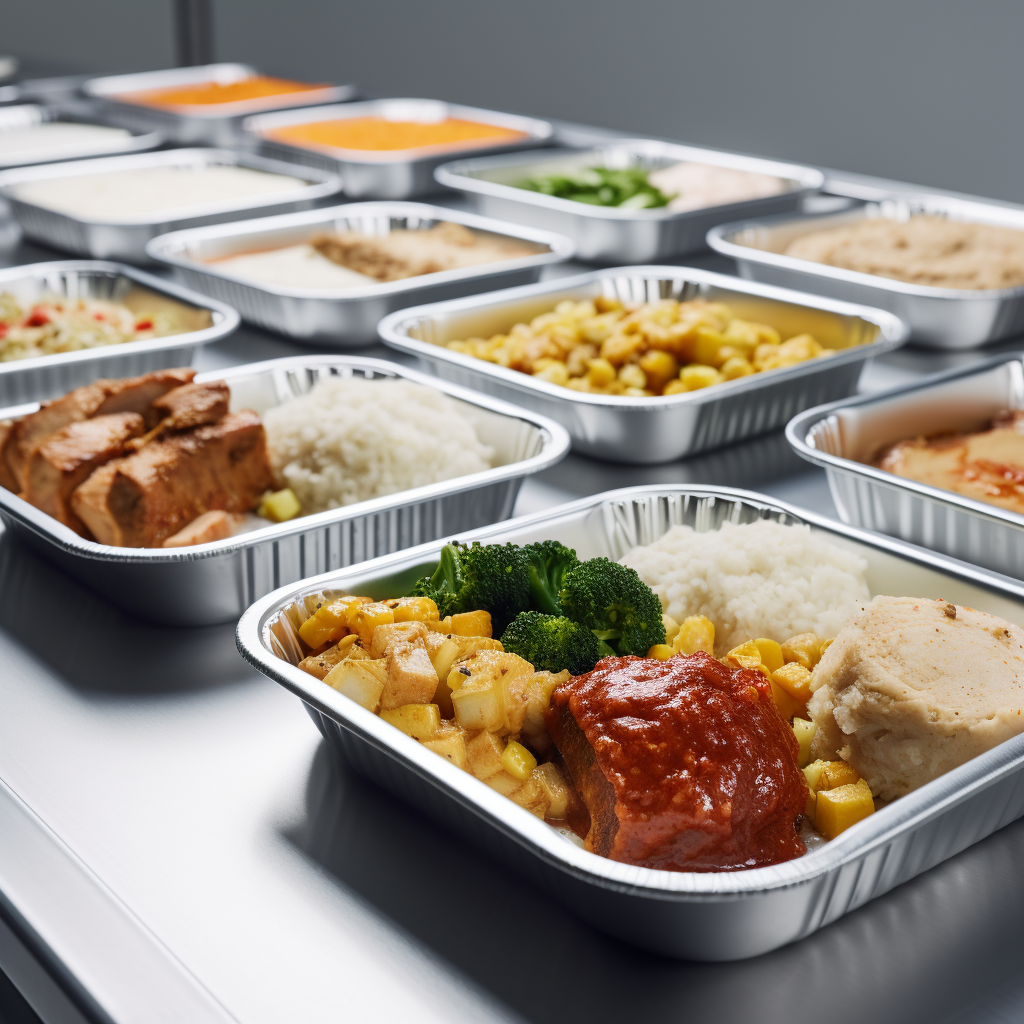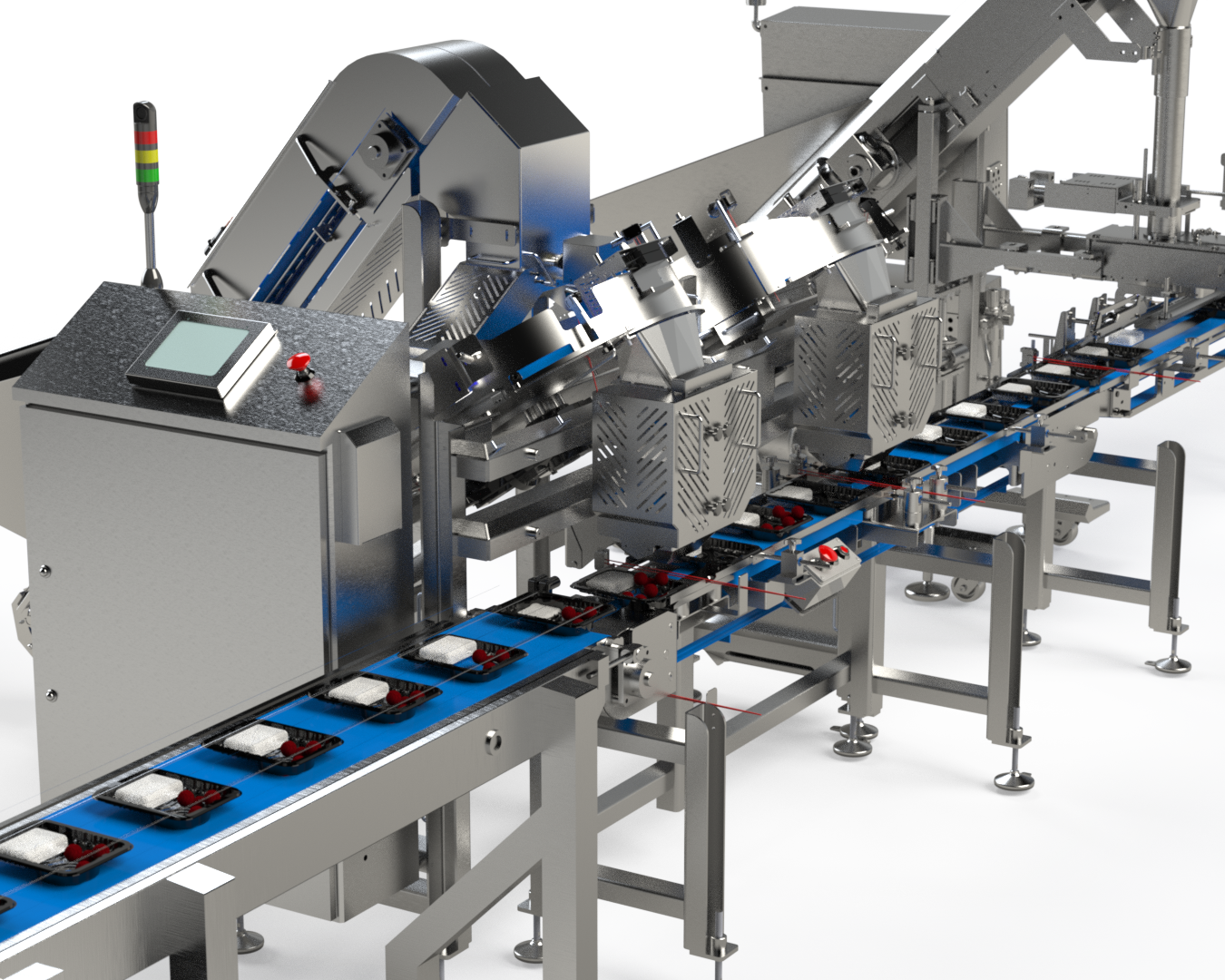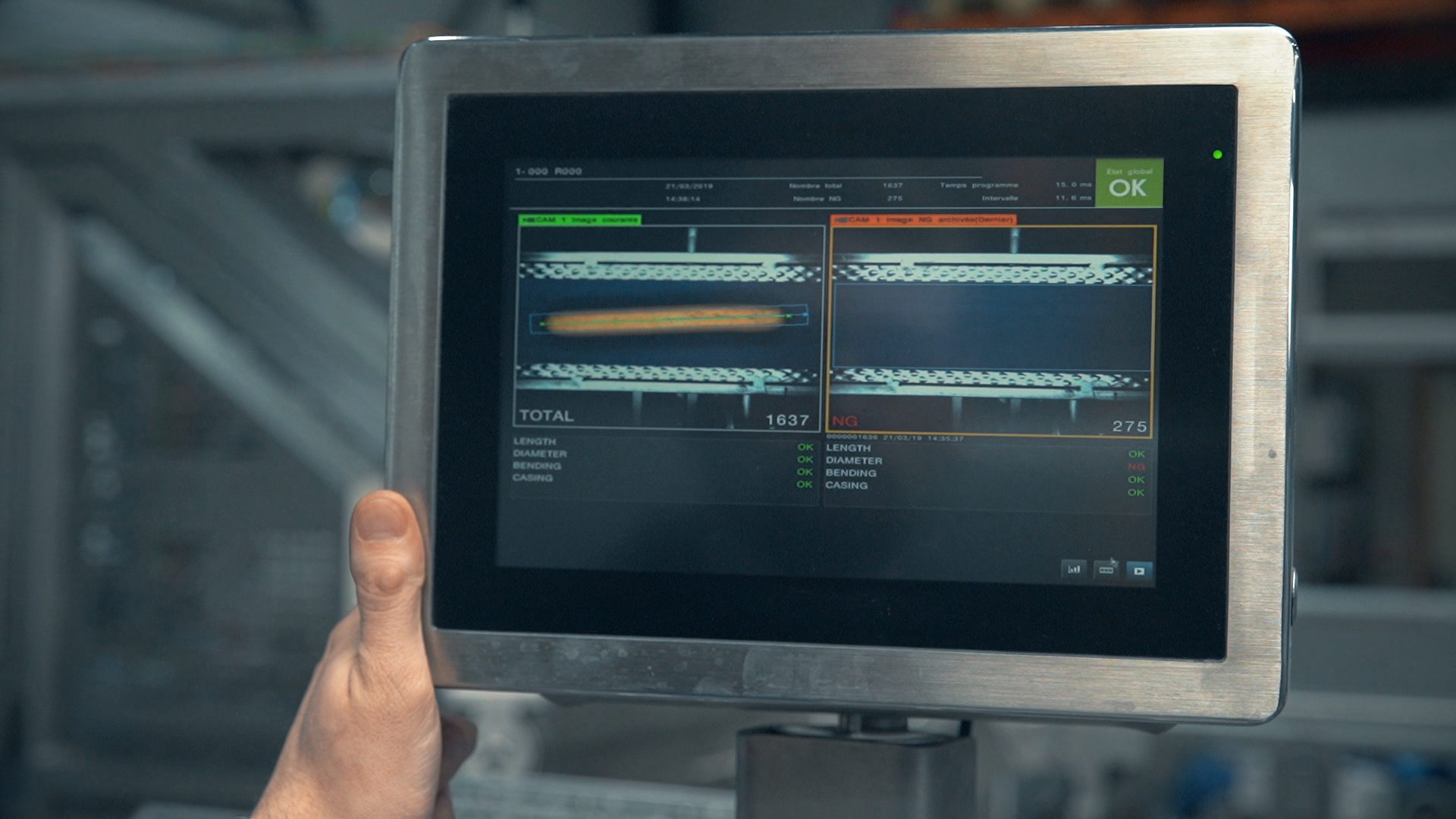Sanitary Filling Systems Applications

Sanitary filling systems are used in several different applications across the food and beverage industries, as well as other key sectors, such as pharmaceuticals. Although the requirement of clean and efficient filling is the same across all applications, the specifics of design and method differ substantially. Here are the three main sanitary filler applications:
Compact Filler
Compact fillers are small, portable machines that are great for businesses operating on a smaller scale or in very limited space. They generally feature a conical hopper and are available as tabletop machines or on casters for greater mobility. They are incredibly versatile machines that can dispense a wide variety of products.
Carousel filling machines
Carousel filling machines consist of circular frames with running wheels, rails and tracks. Containers are moved around the circular tracks of the filler, and filled by metered dosing devices programmed to fill each container with a precise amount.
Food & Beverage Filling Machines
From soft drinks to cereals and bags to bottles, there are multiple options of fillers to fit every possible packaging requirement for foods and beverages. These include baggers, bottling machines, pocket fillers and more. Multi-Fill’s volumetric fillers are specially designed to dispense foods that have been known to present difficulties on filling lines. These include cooked rice and pastas that tend to stick to machines and form clumps, slowing down the filling process and resulting in uneven fills. Multi-Fill machines overcome these difficulties to ensure even and consistent dispensing. They can easily fit into existing systems, including most bottling, canning or bagging lines.
Contact Multi-Fill to find out more about our sanitary filling systems.
Designing a food filling line: Product is king

















